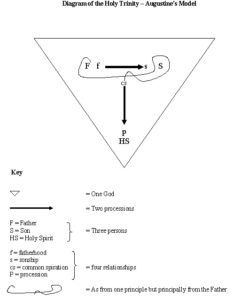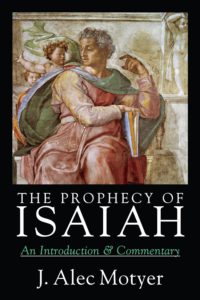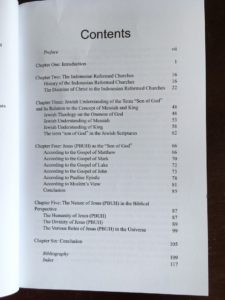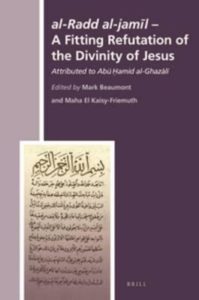
Kairos Podcast 6: Biblical-Nicene Trinitarianism vs Early Heresies. Part 4/6
Video Link – The Arian Heresy and the Council of Nicaea (AD 325)
Essence of Arianism: God the Father is absolutely unique and transcendent. Since the being or essence (ousia) of the Godhead is unique, transcendent and indivisible it cannot be shared or communicated. Therefore, whatever else exists must have come into existence by an act of God’s creation.
Deductions: 1) The Son must be a creature, 2) As a creature the Son must have a beginning, 3) The Son can have no communion with, and indeed no direct knowledge of His Father, 4) The Son must be liable to change and even sin.
Conclusion: The Son of God was not eternal, was not always with God, but was made by the Father before all time. Key phrase of Arianism: “there was [a time] when he was not.”
For Arianism, the Son of God is of similar substance/essence (homoiousios) with the Father.
Refutation by the Nicene Creed (325 AD): the Son of God is of the same substance/essence (homoousios) with the Father – “We believe…the Son of God, begotten from the Father, only-begotten, that is, from the substance of the Father, God from God, light from light, true God from true God, begotten not made, of one substance with the Father.”
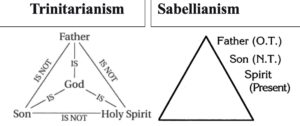
 Kairos Podcast 6: Early Heresies Part 2/6
Kairos Podcast 6: Early Heresies Part 2/6